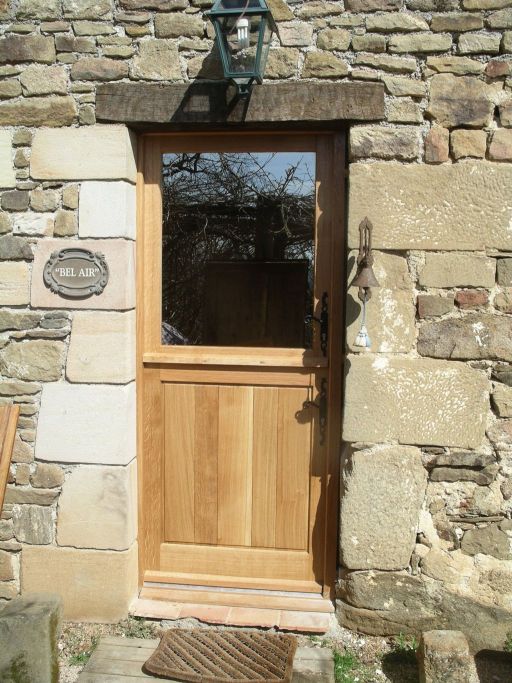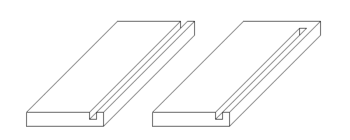Have I imagined this?
I seem to think Ive read somewhere about a method of making flush panelled cabinet doors using a separate tongue.
The way I remember it both the panel and the frame were rebated and a strip of wood was used to join the pieces.
Not sure Ive explained this very well :roll:
I seem to think Ive read somewhere about a method of making flush panelled cabinet doors using a separate tongue.
The way I remember it both the panel and the frame were rebated and a strip of wood was used to join the pieces.
Not sure Ive explained this very well :roll:












